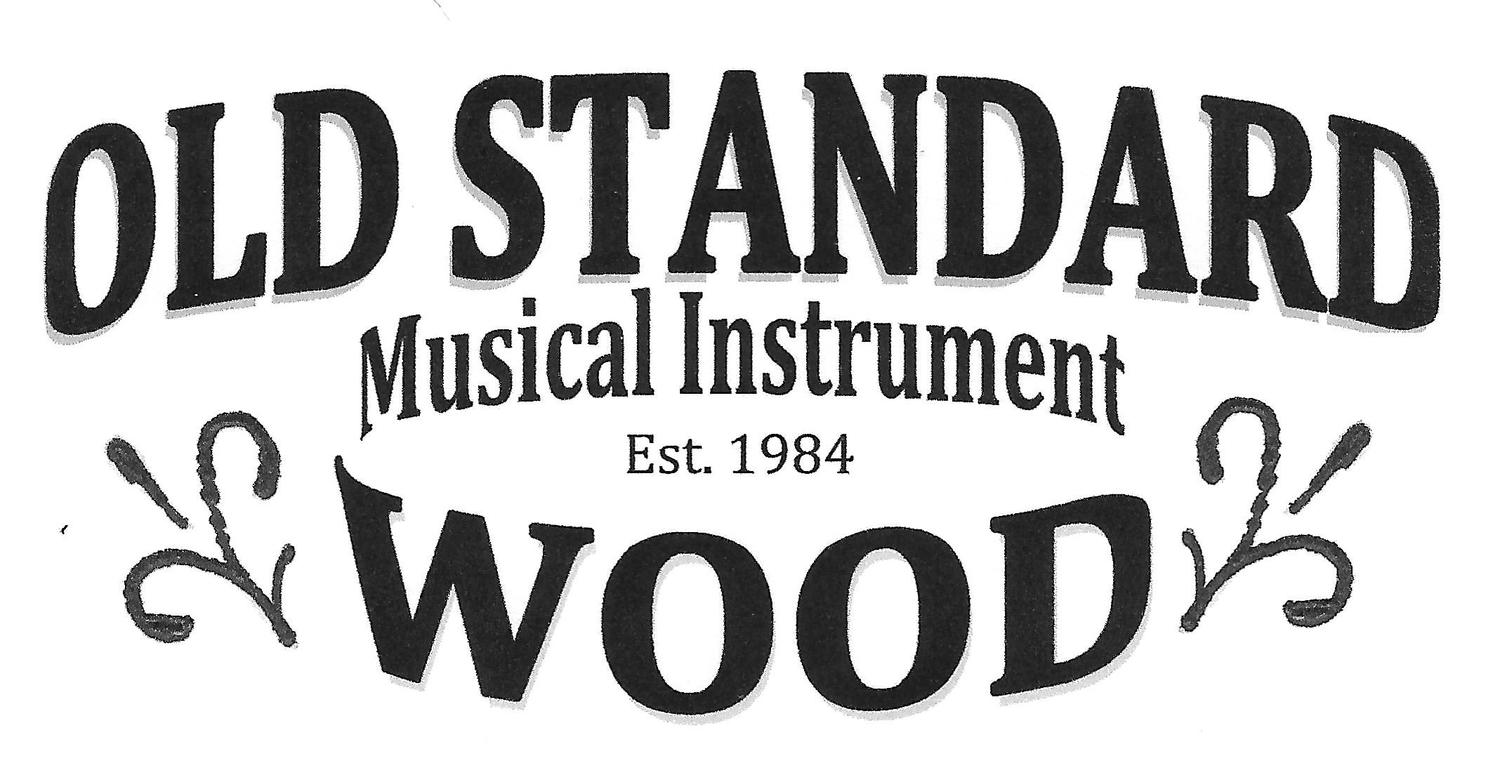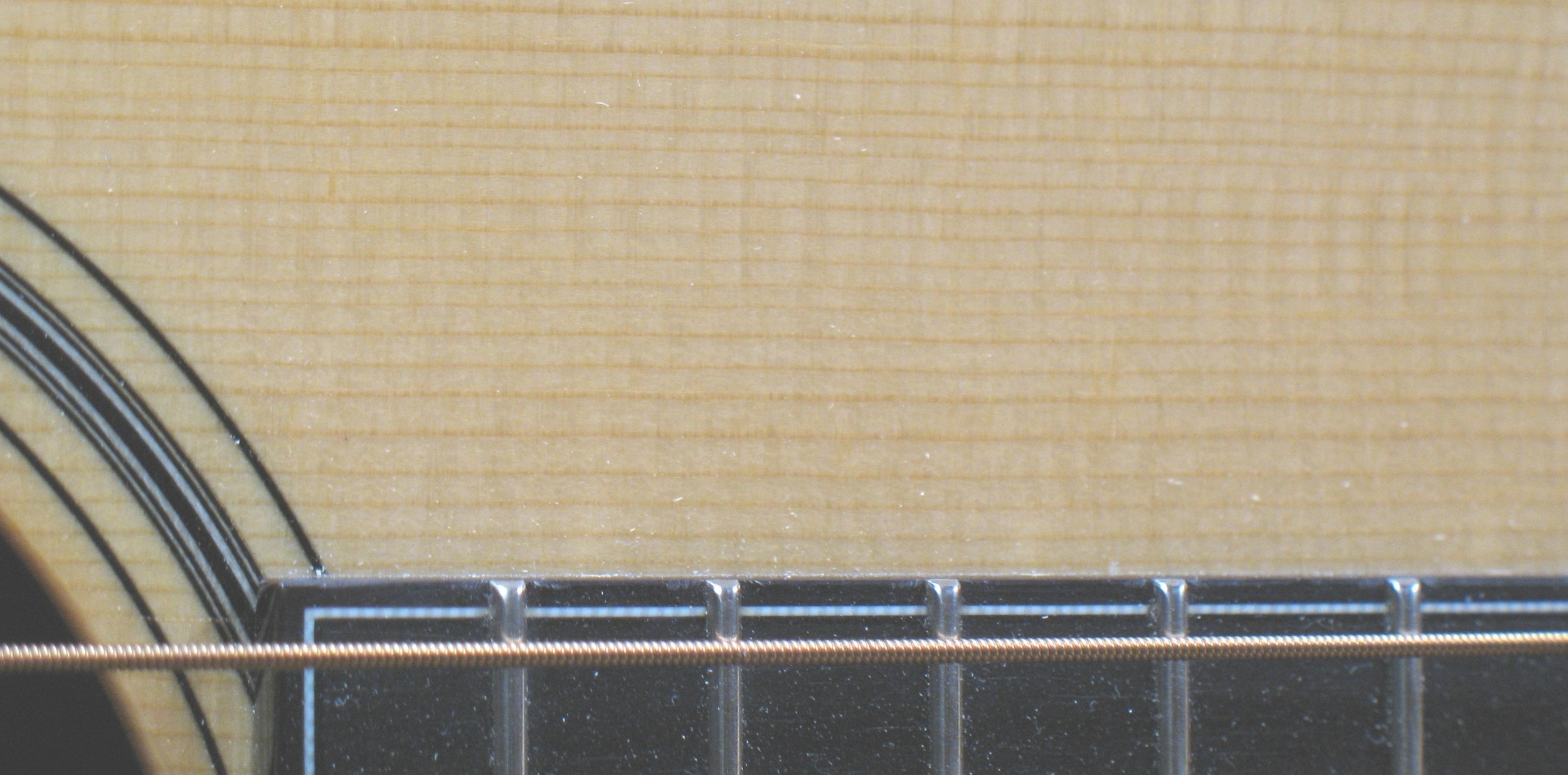GUITAR WOOD
See pictures of each grade below our price list.
Artist Grade-plus: Fine, even-grain, 14-25 grains per inch or uniform gradation from fine to wide, no color. Inquire for higher grades $200 - $600.
D $200 and up
OM, OOO: $200+ OO and Classical: $125 - $250
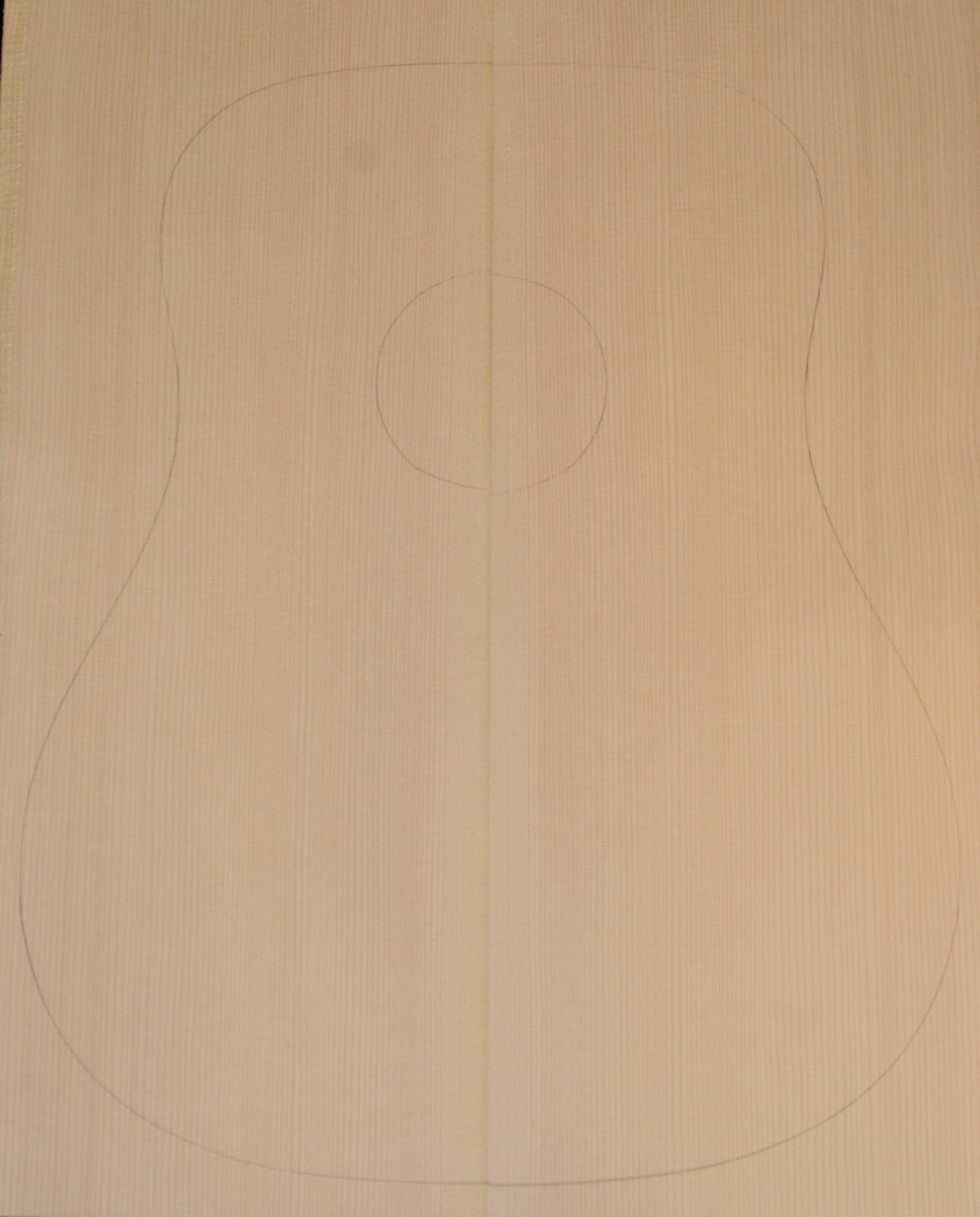
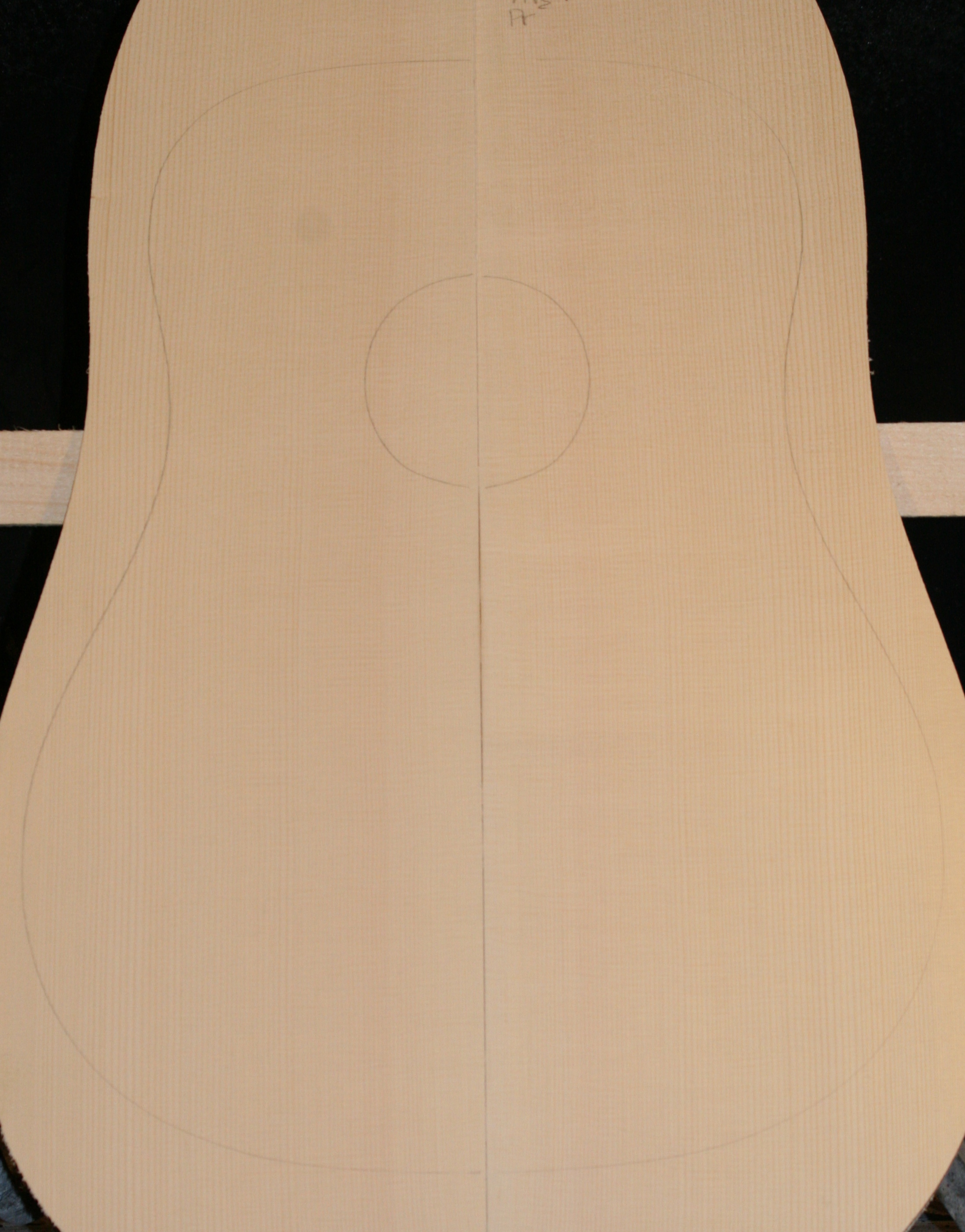

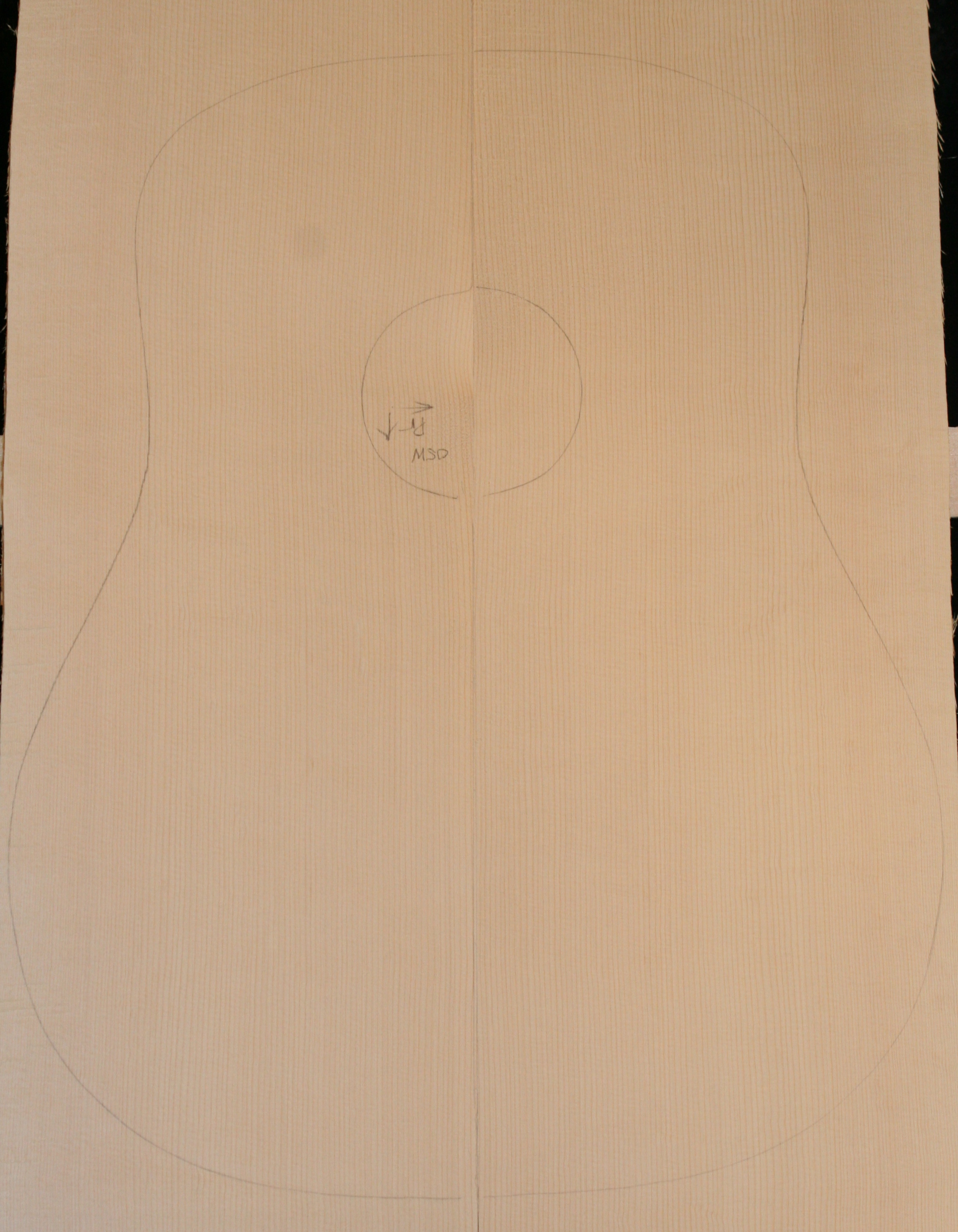
Artist Grade: Even but more open-grain, 10-14 grains per inch, may have very slight color or minor amount of dark grain.
D: $125-$200
OM, OOO: $80-$120 OO and Classical: $80 - $120

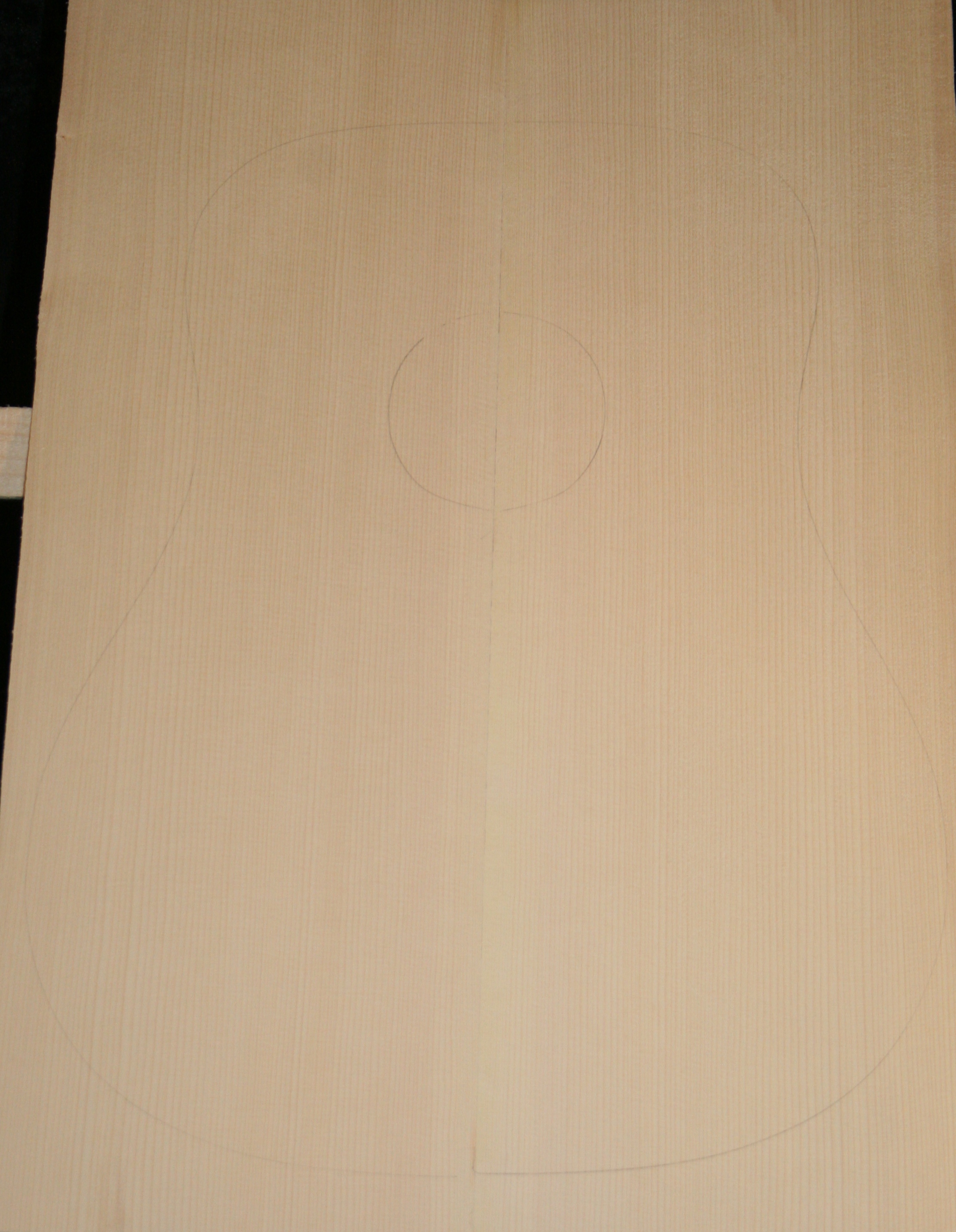
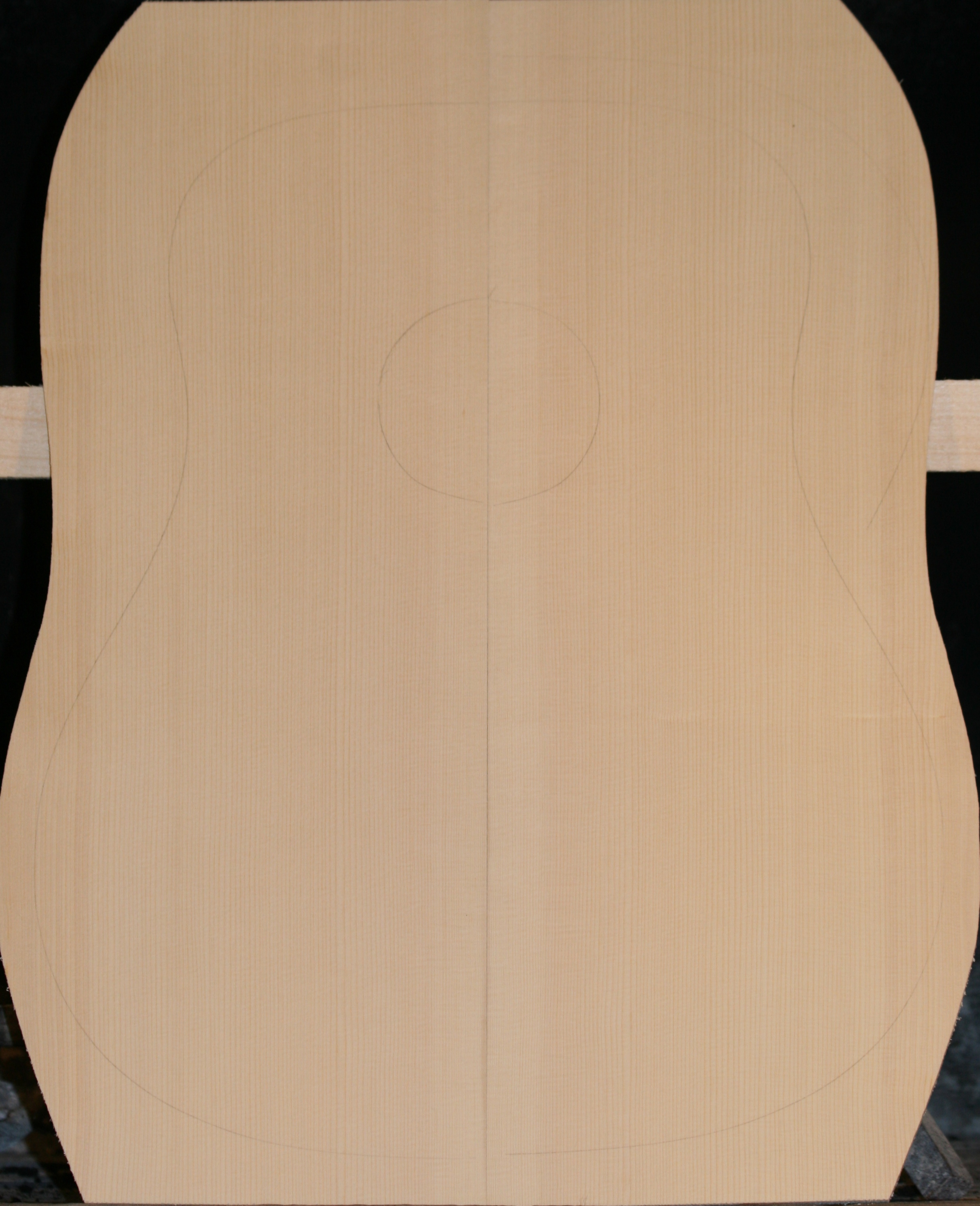
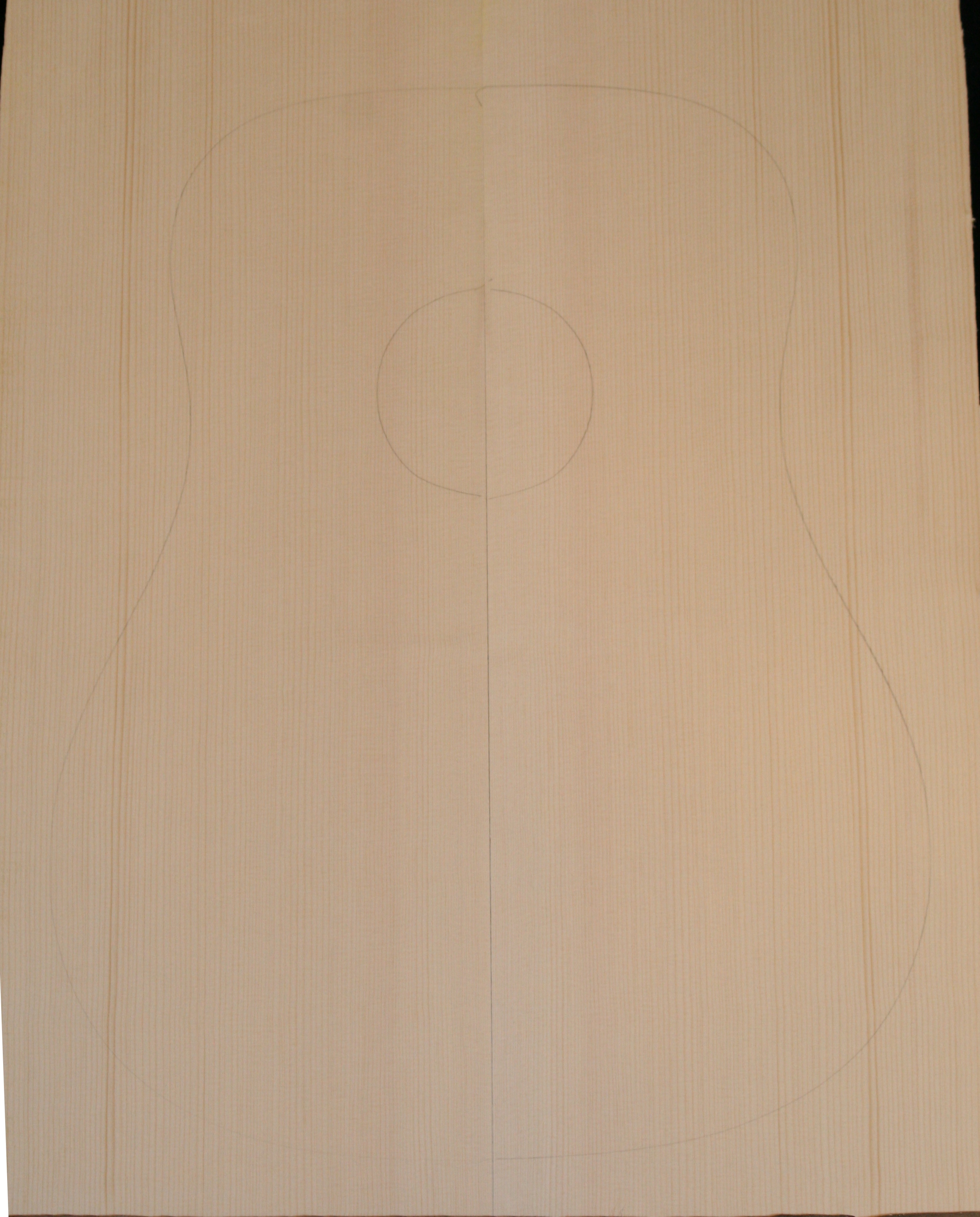
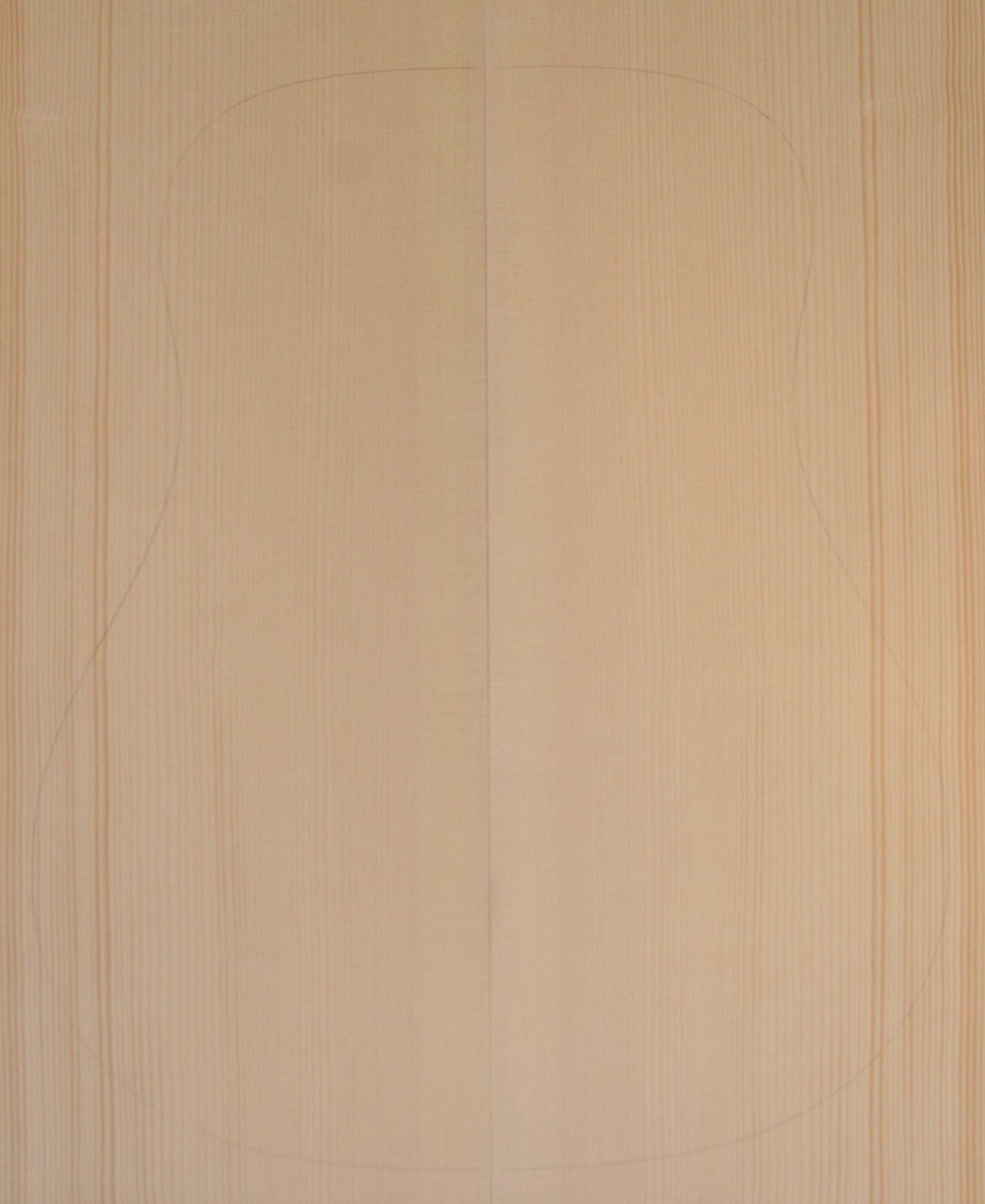

Excellent Grade: Range from open-grain white tops to fine-grain but with significant color streaking. Some with nice grain counts but areas of darker grain. Some with defects such as pin knots or sap pockets which will miss the pattern with careful attention, or have minor defects showing on only one side, or will be covered by fingerboard or pickguard. Tops with one-side defects or near-misses in this price range are otherwise equal to $125-$300 tops.
D: $85-$125
OM, OOO: $85-$125 OO and Classical: $65 - $90
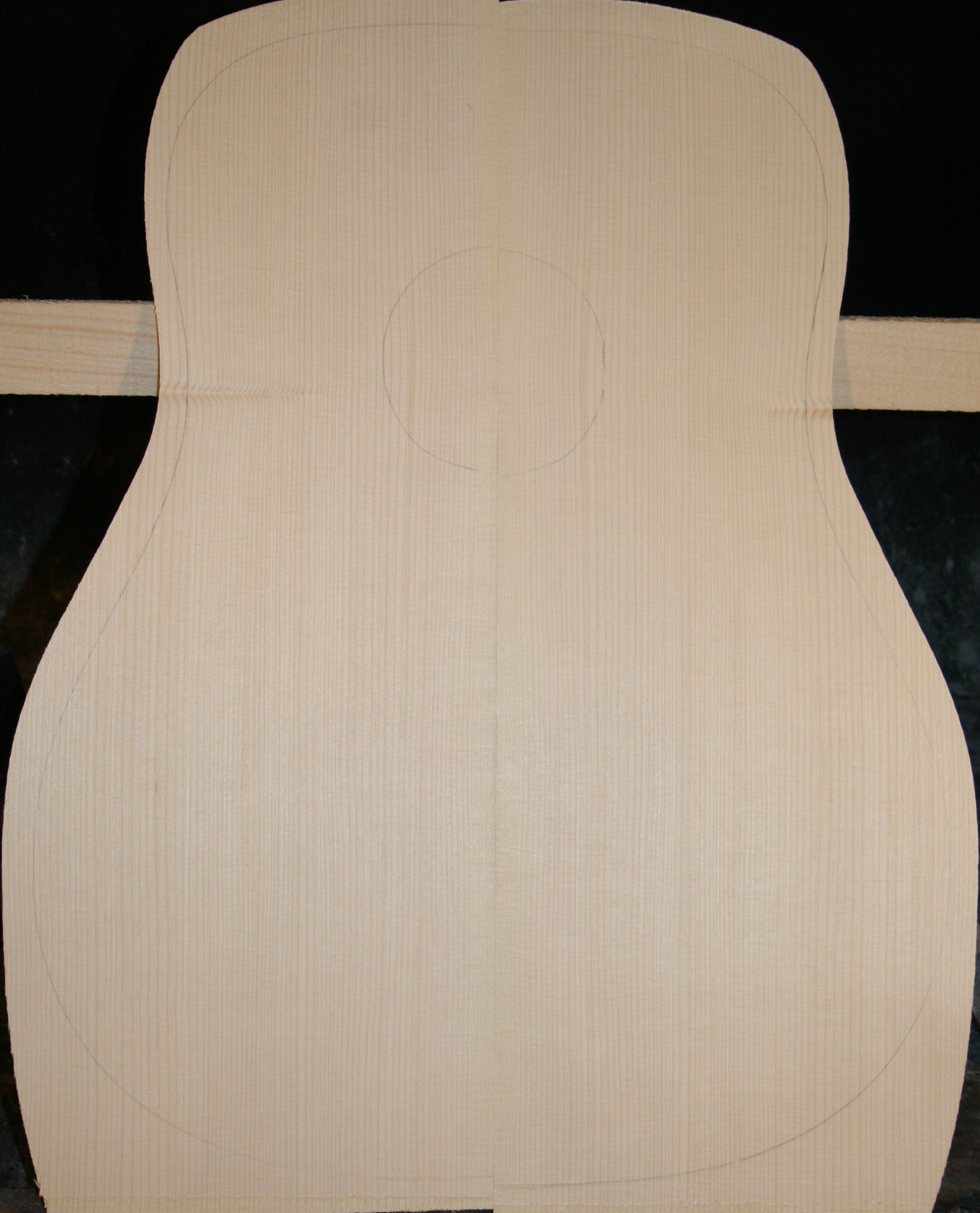
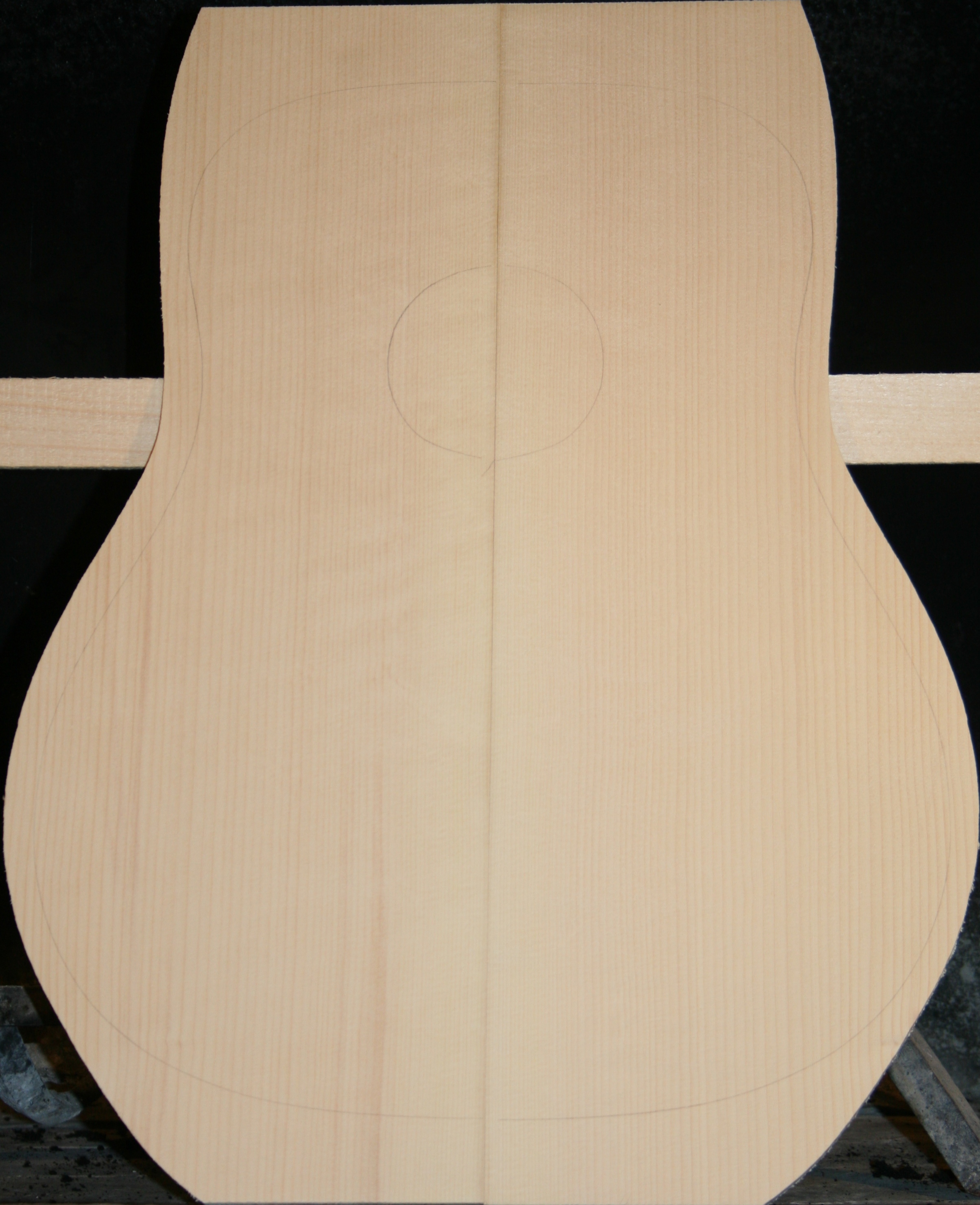
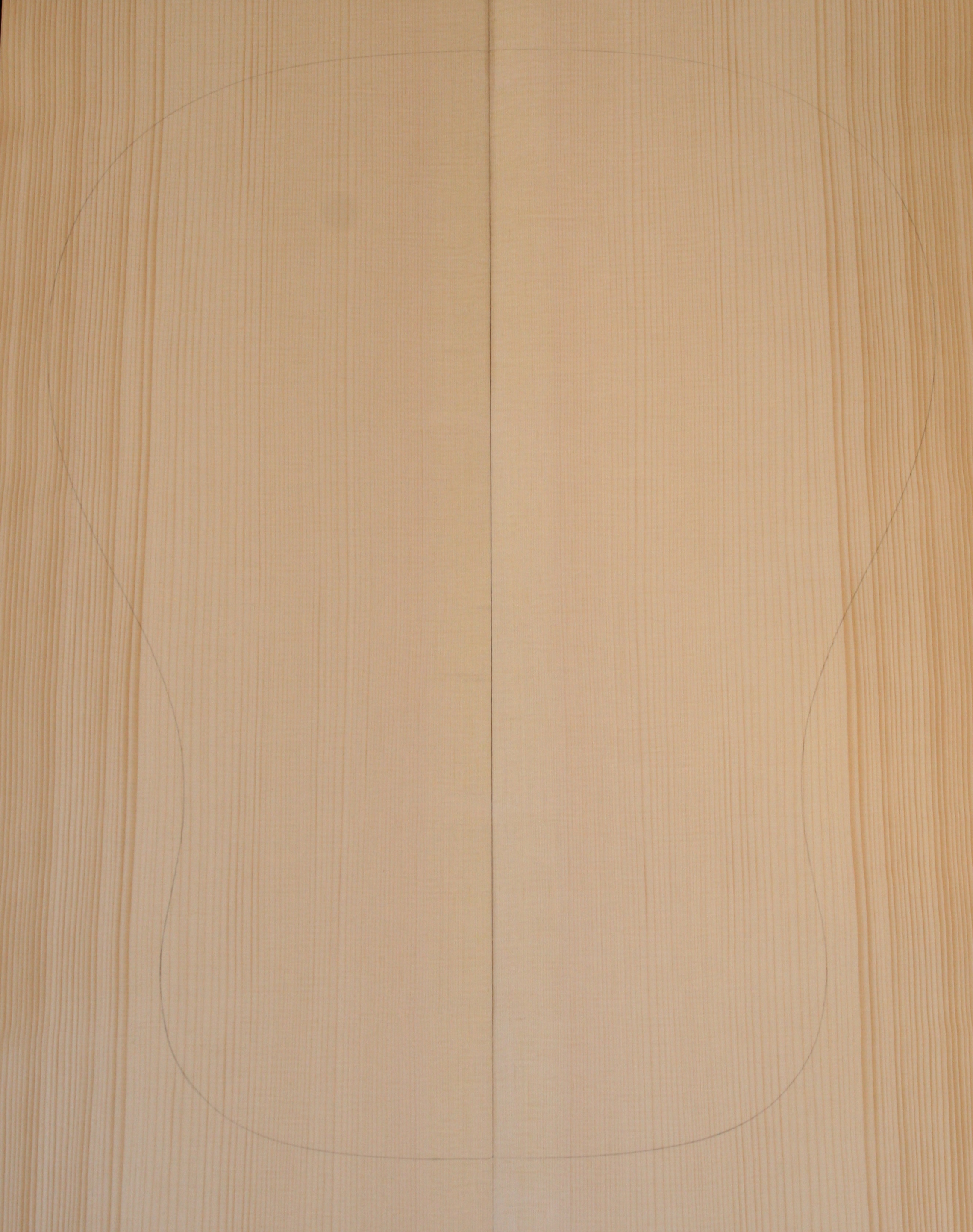
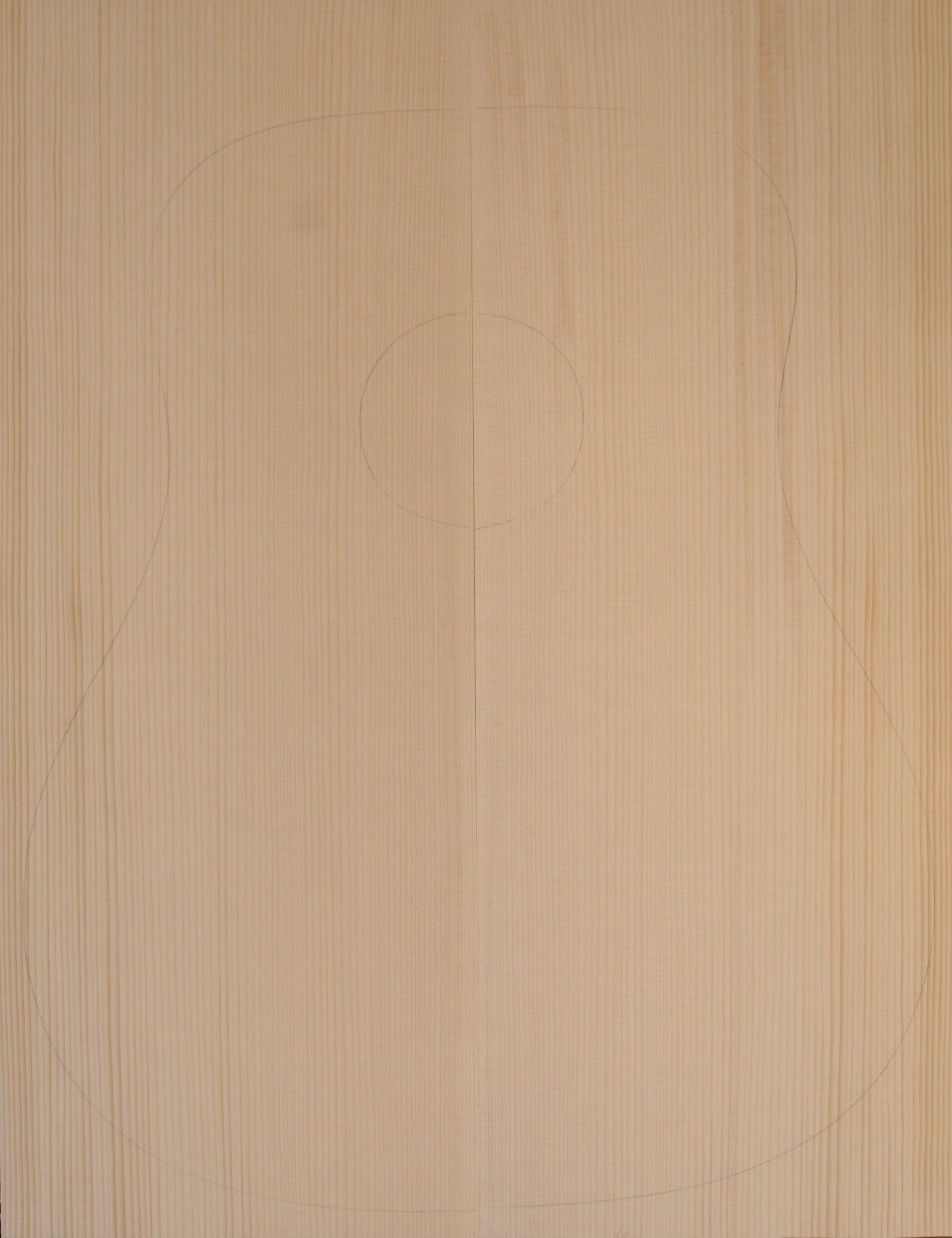
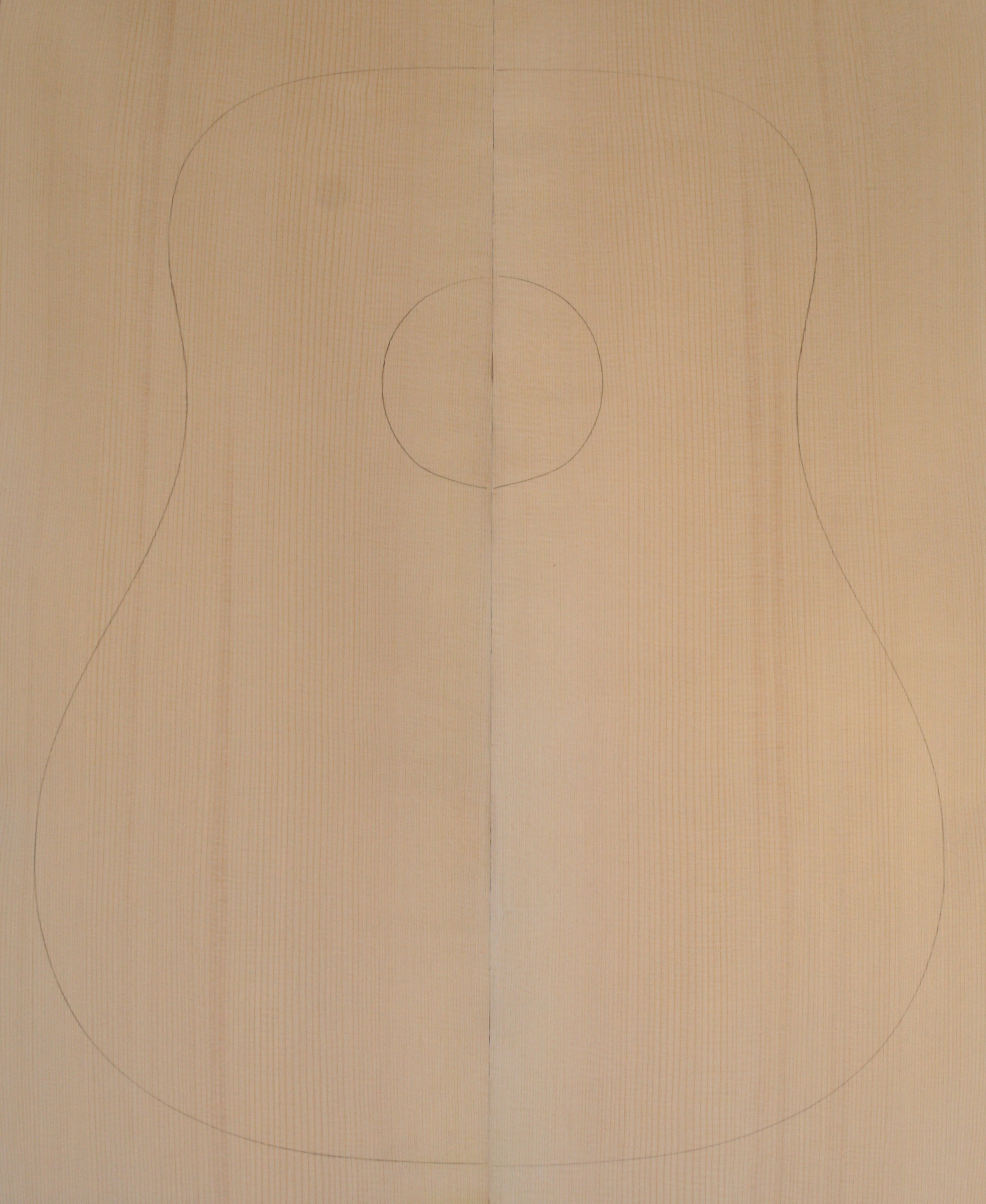
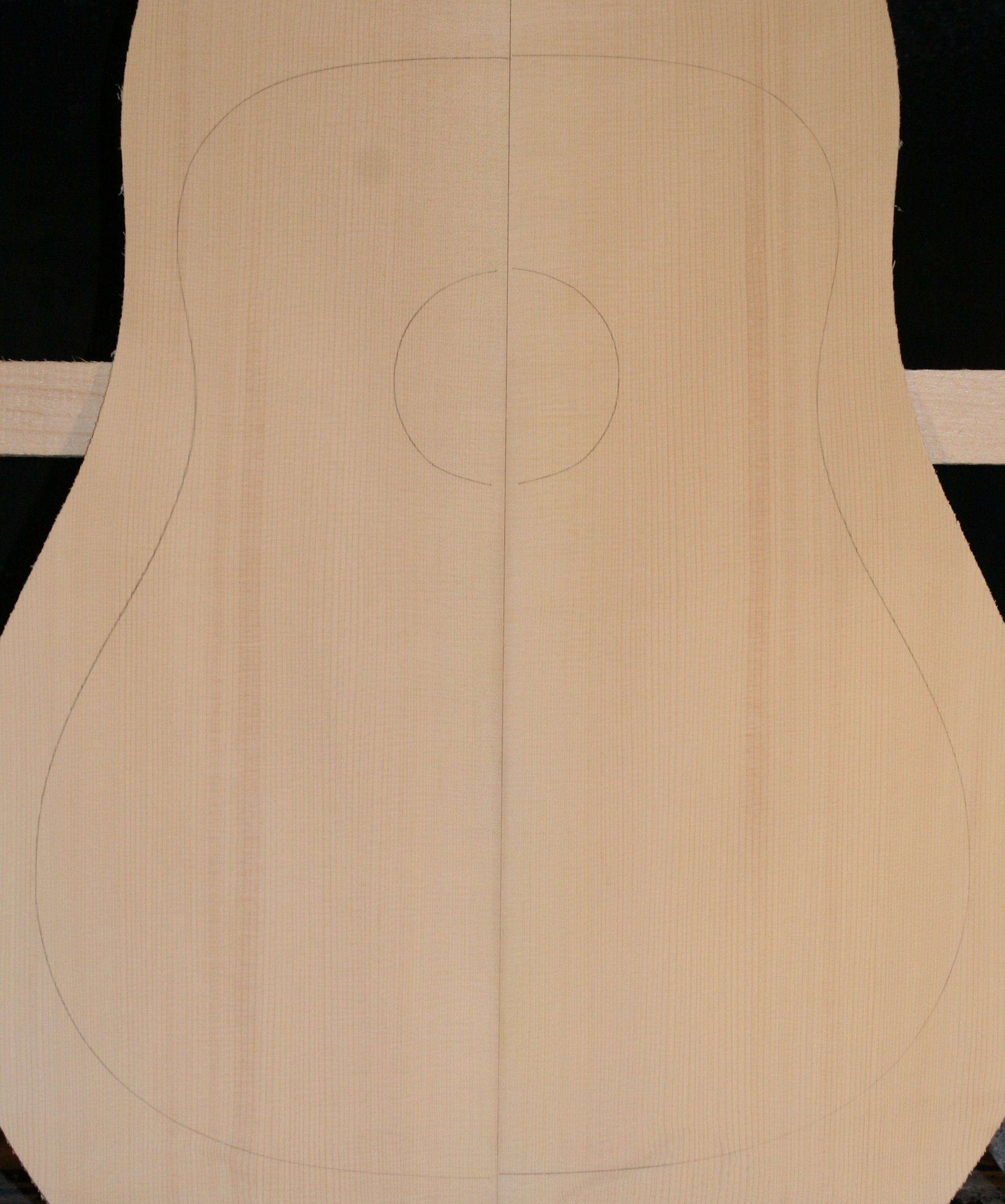
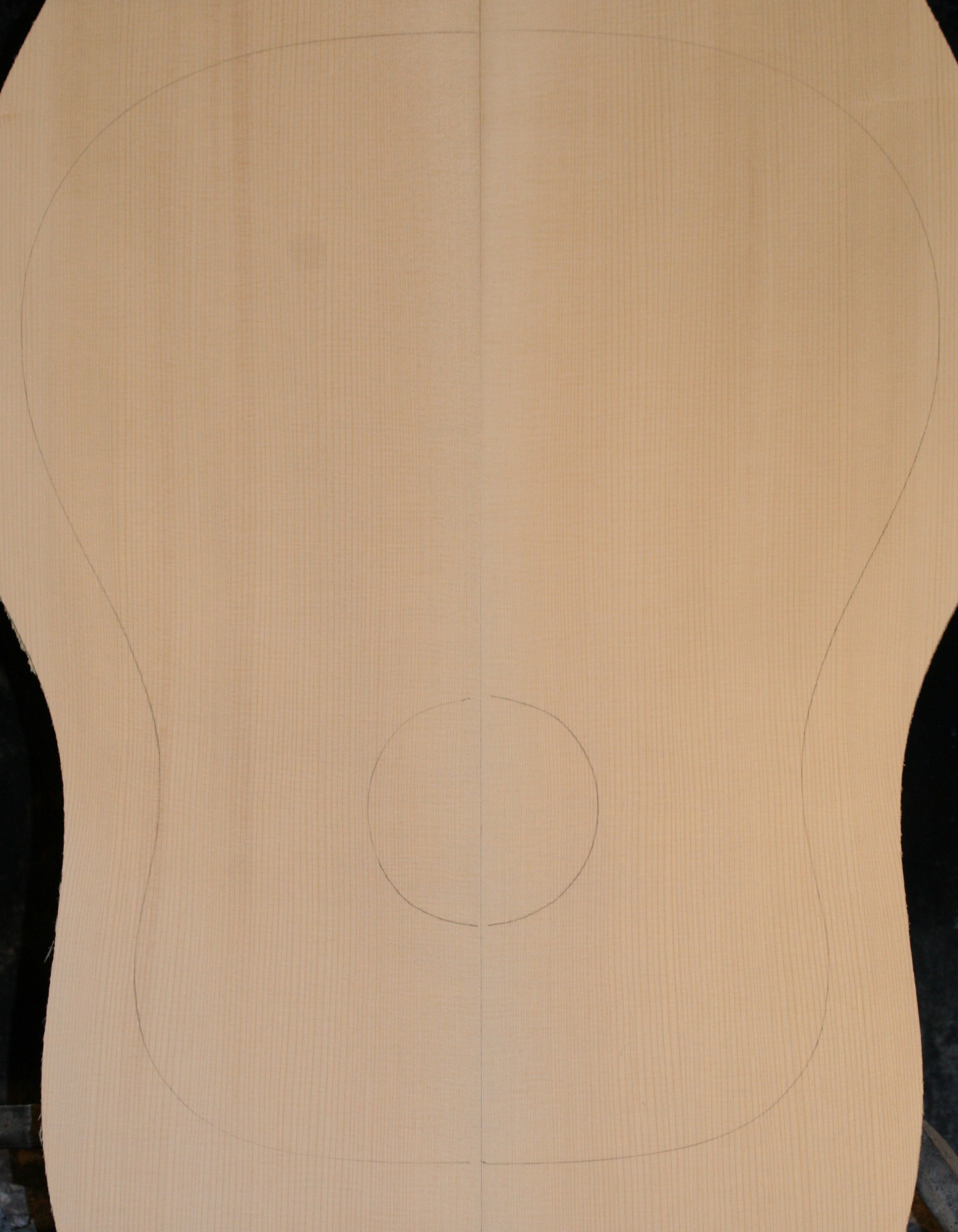
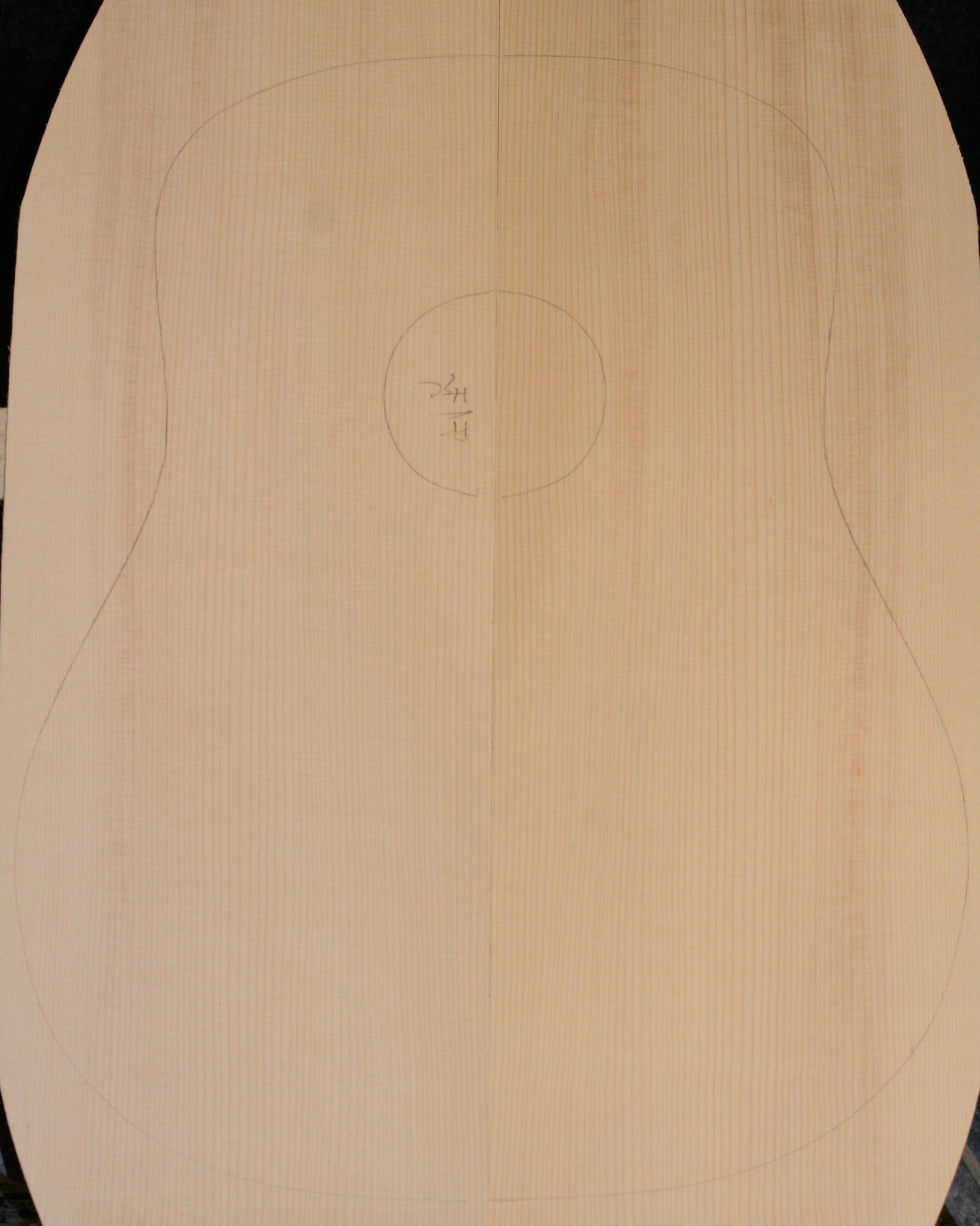
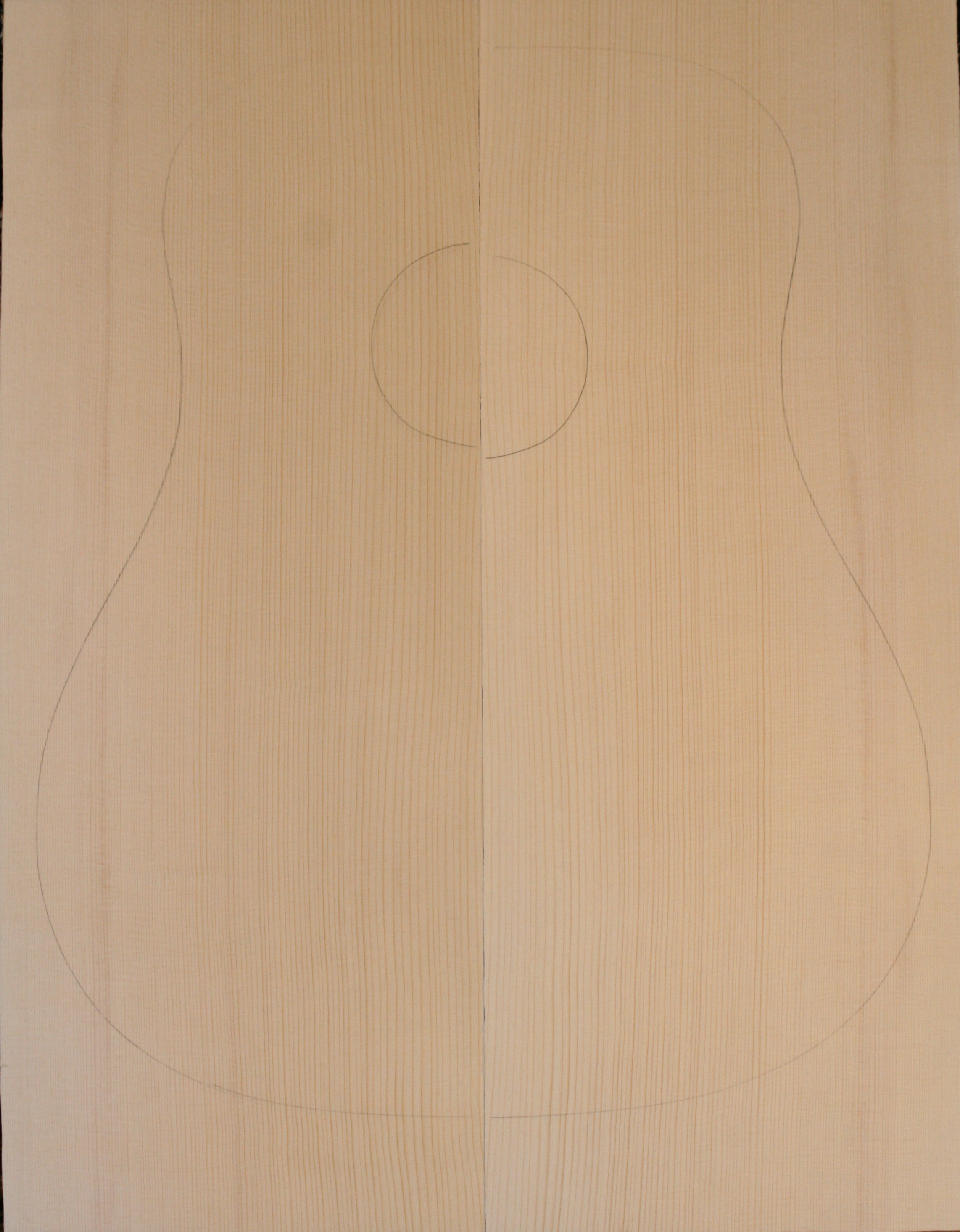
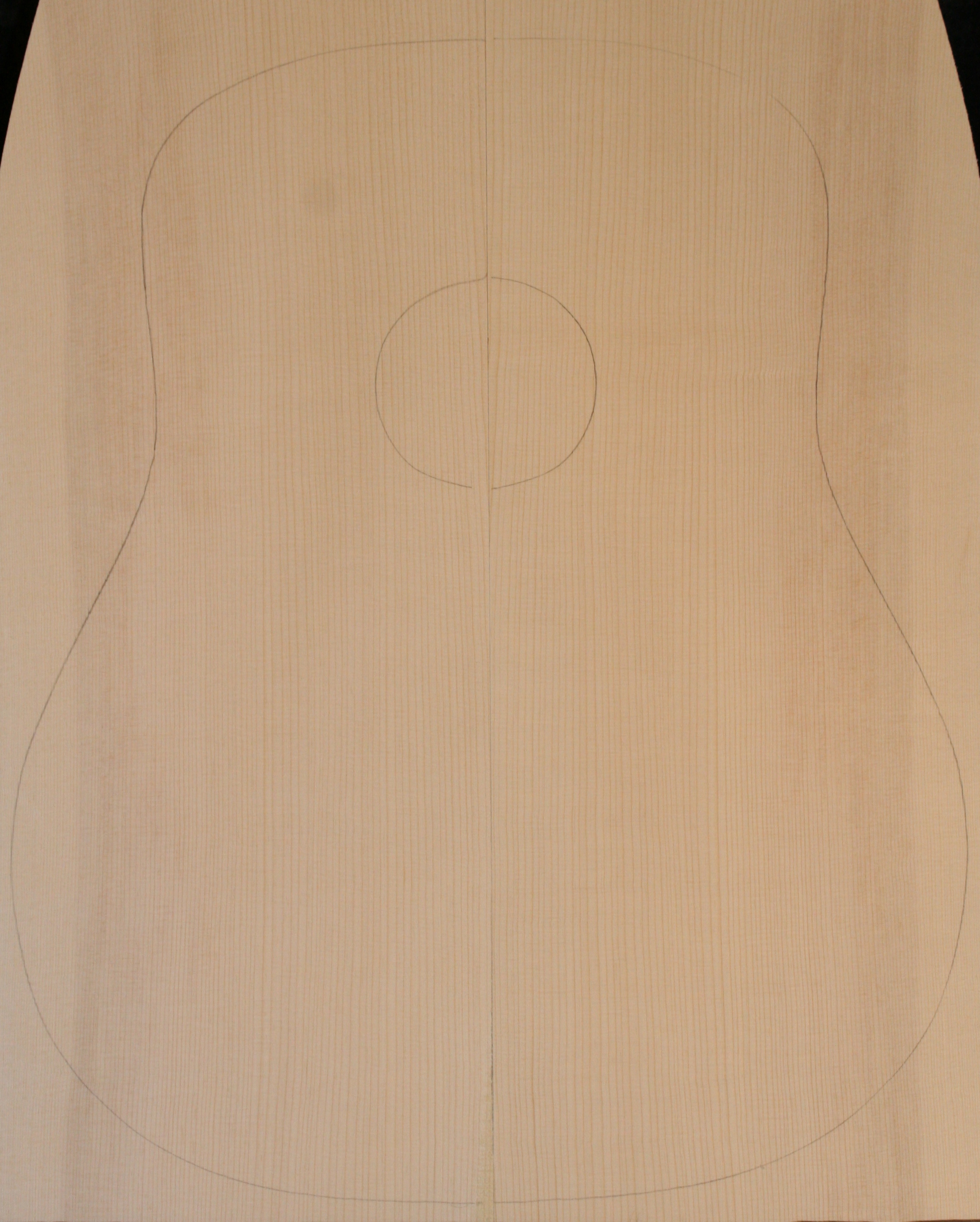
Common Grade: Coarser appearance due to wider or darker grain, uneven grain counts or color streaking. Quartering usually good but may not be perfect. Acoustically the equal of higher grades.
All Sizes: $65 - $85


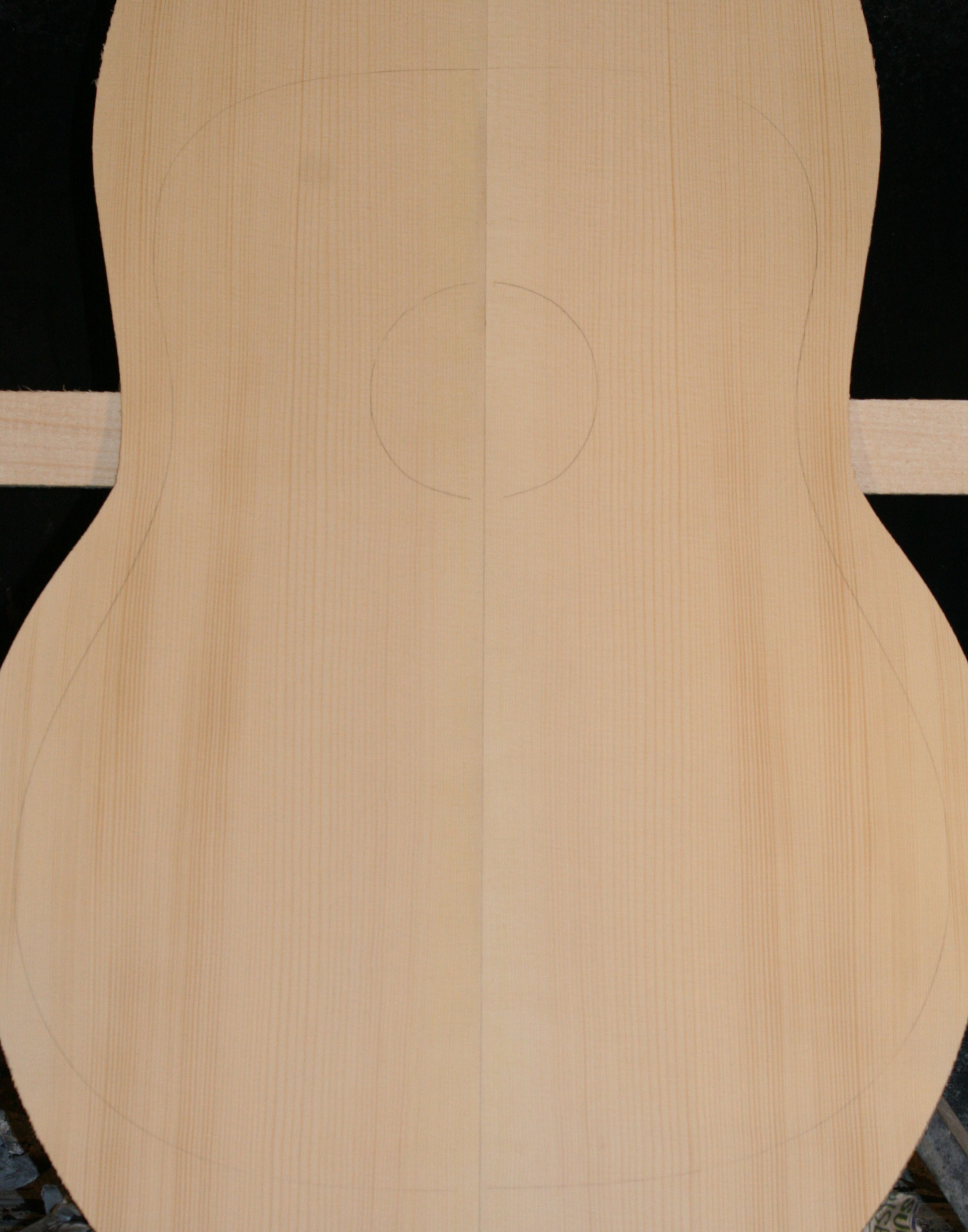
4-Piece Tops: 6”-6 ½” x 28”-36” bookmatched soundboards. Use extra length for “wings” on lower bouts.
All Sizes: $45-$125 These make beautiful, functional guitar tops. C.F. Martin used this winged configuration pre-war. Martin and Taylor Guitars are beginning to do this in the present day, but without the traditional winged lower bout configuration.
Guitar Bracewood (Random widths and lengths):
$10-$20/lb.: fine grain, minimal color, milled surfaces,
little or no waste.
- Estimate 2 Lbs Brace per D-size guitar.
